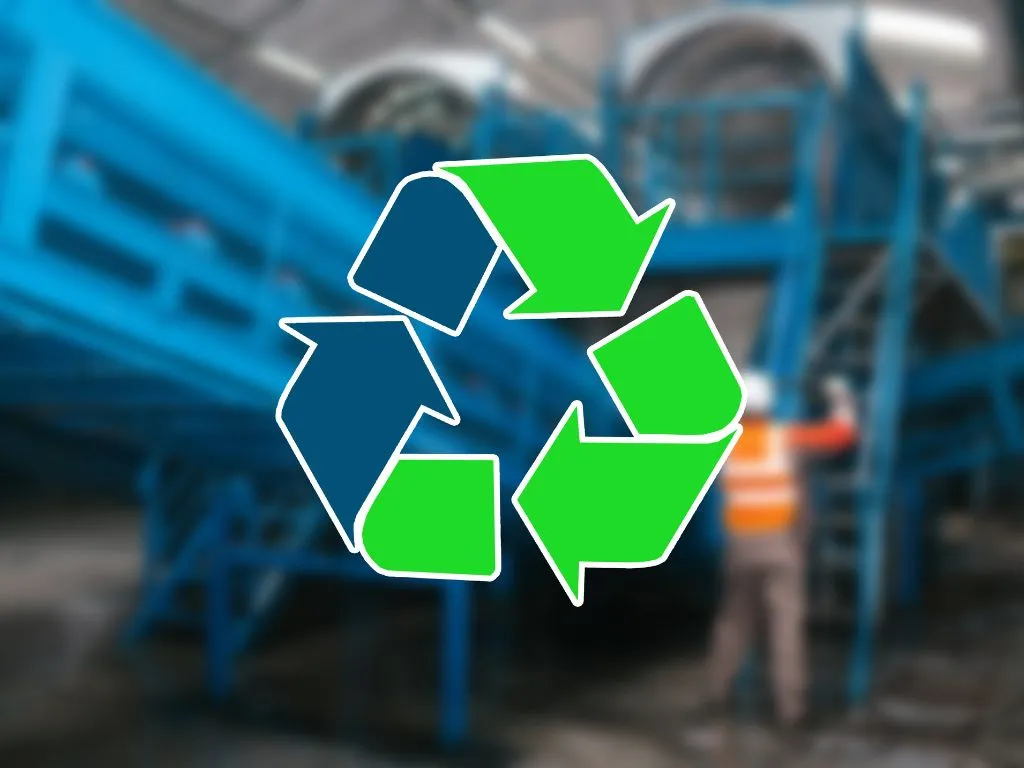

Reference source : Europa
On June 22, 2022, the European Parliament and Council reached an agreement on a proposal by the European Commission to review Annexes IV and V of Regulation (EU) 2019/1021, on persistent organic pollutants (POPs). The allowable limits were discussed and lowered which means tightened global limits for six substance groups and one for the newly listed substance perfluorohexane sulfonic acid (PFHxS).
The presence of POPs in waste is a barrier to the development of a circular economy – one of the major objectives of the European Green Deal – and the Commission’s proposal sought to introduce limits for new POPs and to tighten acceptable maximums for several POPs that are already in the regulation.
The agreement sets threshold levels of the following limits according to a June 21 Council of Ministers' press release:
In May, Parliament voted for stricter limits to accelerate the transition towards a circular economy. It also proposed that the Commission would consider amendments to EU waste legislation clarifying that waste containing POPs above their allowed concentration limits is hazardous waste.
Legislation proposals need the agreement of both Parliament and Council to become law. After having held negotiations, both institutions have reached an informal agreement. It includes some new POPs in the regulation (including some not initially proposed by the Commission) and updates the concentration limits for others. The agreed text is a compromise between the high ambition of Parliament and the demands for higher limits and slower timelines put forward by the Council.
Additionally, the amendments will require the Commission to assess the convenience of amending waste law in line with Parliament’s proposal.
While an informal agreement has been reached, this will not yet become law. Both the Parliament and the Council will now launch formal proceedings to adopt the agreed text, which will enter into force once both institutions have endorsed it. A final vote is scheduled in the European Parliament this autumn to decide on the provisional agreement.
If you want to access the GHS report, please Register here in GPC Intelligence Portal click here
